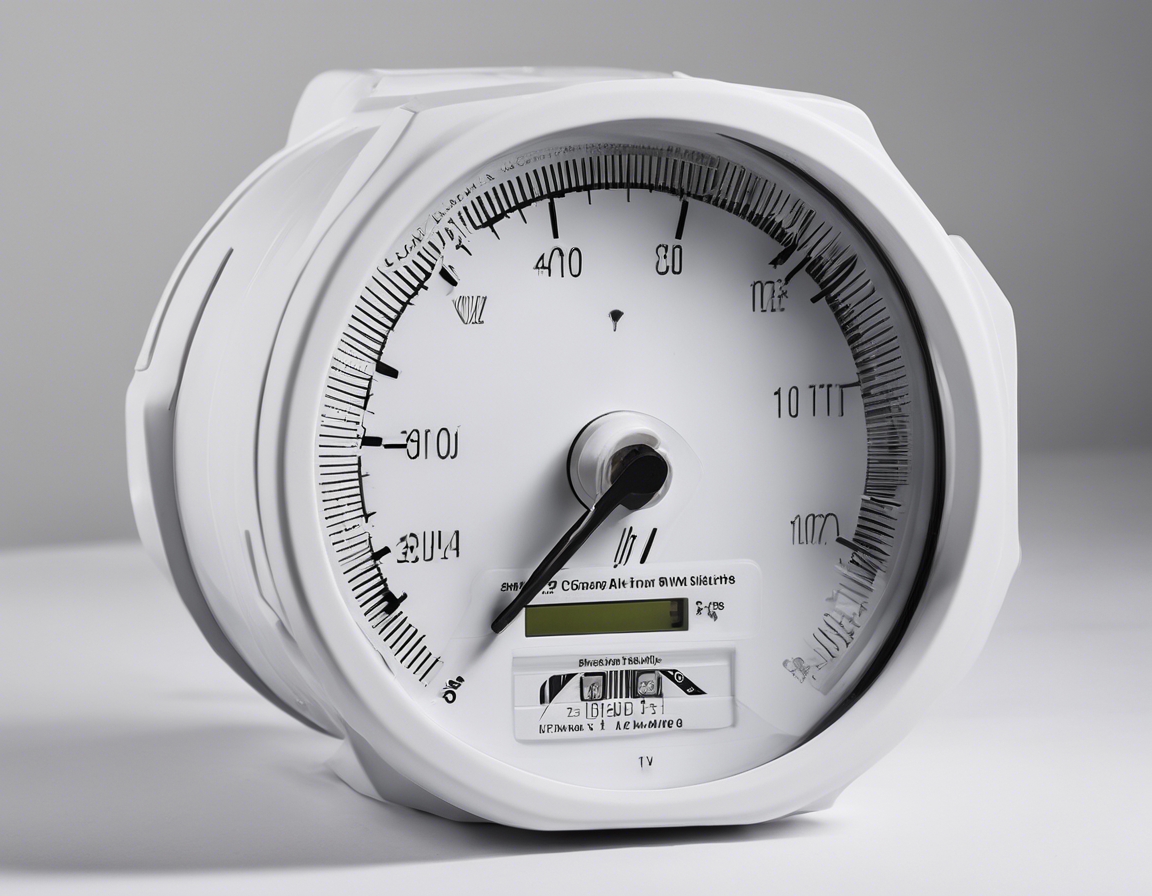5 signs your building needs air density testing
Air density testing, also known as air tightness or blower door testing, is a diagnostic method used to measure the air leakage rate of a building. By creating a pressure difference between the inside and outside of a building, specialists can determine how much air is infiltrating or escaping through imperfections in the building envelope.
Conducting air density testing is crucial for several reasons. It ensures that buildings meet regulatory standards for energy efficiency, provides a comfortable indoor climate, and maintains the integrity of the structure by preventing moisture-related issues. Moreover, it is an essential step in certifying a building's environmental performance and sustainability.
Sign 1: Unexplained High Energy Bills
One of the most telling signs that a building may require air density testing is a sudden increase in energy bills without a corresponding rise in energy usage. Air leaks can cause heating and cooling systems to work overtime, leading to excessive energy consumption.
Air density testing can pinpoint the exact locations of air leaks, allowing for targeted sealing and insulation improvements that can significantly reduce energy costs.
Sign 2: Inconsistent Indoor Temperatures
Buildings with poor air tightness may experience uneven heating or cooling, resulting in uncomfortable hot or cold spots throughout the structure. This inconsistency can be a clear indicator that air density testing is needed.
By detecting areas where outside air is infiltrating, air density testing can help identify weaknesses in a building's insulation, leading to more consistent indoor temperatures and improved comfort.
Sign 3: Moisture and Mold Issues
Excessive moisture can enter a building through air leaks, leading to mold growth and structural damage. These issues not only compromise the building's integrity but also the health of its occupants.
Air density testing can reveal the sources of moisture intrusion, enabling corrective measures to be taken before mold and moisture cause significant damage.
Sign 4: Indoor Air Quality Concerns
Poor air tightness can allow pollutants, allergens, and other harmful substances to enter a building, affecting the health and well-being of its occupants.
By ensuring a building is properly sealed, air density testing can improve indoor air quality by reducing the infiltration of outdoor pollutants.
Sign 5: Noise Pollution
Noise pollution can be a significant issue, especially in urban areas. Air leaks can undermine a building's sound insulation, allowing external noise to penetrate the interior space.
Air density testing can assist in identifying weak points in a building's envelope that may contribute to noise issues, leading to a quieter and more peaceful indoor environment.






Comments (0)